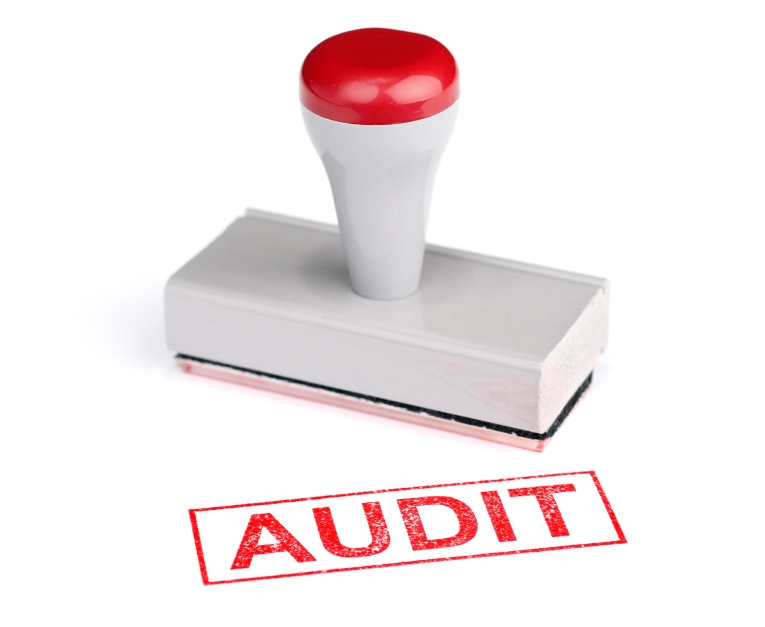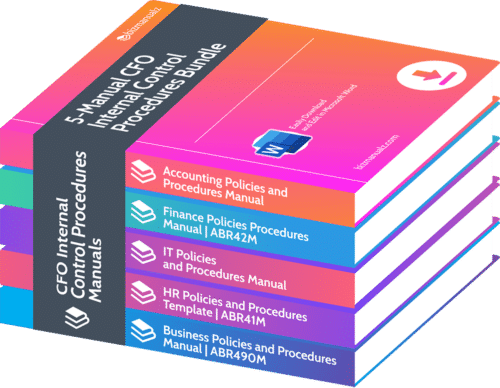What Are Reports and Financial Statements Prepared by Accountants?

Required income tax returns can be prepared more easily from financial reports that are classified in a comparable manner. A tax practitioner is usually retained to prepare and file these returns. The reports most commonly requested of the company are the general ledger and related financial statements. What are reports of financial statements prepared by accountants?
Reports and Financial Statements Prepared by Accountants
Generally, one of the most important users of financial statements in the USA is the Internal Revenue Service (IRS), followed by various state and local taxing authorities. The second most important external user of a company’s financial statements is a bank (or other debt or equity institution).
he financial institution will dictate the report needed. Copies of tax returns and company-prepared financial statements may be all that is required. On the other hand, the financial institution may require a higher level of assurance by requesting that an independent accounting firm either compiles, reviews, or audits the company’s financial statements.
The company might want to know what is required and the difference between these types of reports. Accounting policies and procedures for financial reporting would help. First of all, only Certified Public Accountants1 (CPAs) who meet a higher peer review level and other reporting standards can issue these statements.
A public accountant (PA), tax practitioner, or an accountant who is not a licensed CPA cannot issue such statements. Fully-licensed CPAs must keep their licenses current, with continuing education and documented peer review, to be able to issue opinions on these reports.
Compilation of Financial Statements
A business owner will need to find a CPA or a Mobile Bookkeeper with the necessary credentials to request a compilation, review, or audit. The least expensive report, and one that should satisfy most banks for small and mid-sized business, is a compilation.
Essentially, the CPA reviews the financial statements prepared by the company and attaches an accountant’s report to it. No further investigation is performed. Interestingly, the standard compilation report issued by a CPA is nothing more than a glorified disclaimer, stating that the CPA is providing no financial statement assurance.
The AICPA defines a compilation as “a service where the accountant presents, in the form of financial statements, information that is the representation of the company’s management and owners without undertaking to express assurance on the financial statements.”
Review of Financial Statements
A financial statement review involves essentially the same process as a compilation, except that the auditor does perform certain analytical reviews — reviewing account balances for reasonableness and questioning management about material modifications that might be made in order for the statements to be in conformity with GAAP2. In a review report, the CPA expresses a “limited assurance” — not an opinion — of the reasonableness of the financial statements and their conformity to a comprehensive basis of accounting, like GAAP, cash basis, or income tax basis reporting.
Audit of Financial Statements
A financial audit one of the reports of financial statements that provides a very high level of financial statement assurance. An audit normally takes considerably more time than either a compilation or a review. The audit work, itself, can fill several large binders of documentation for a small-to-medium-size business.
Every balance sheet account is proven, within the limits of materiality3. Direct confirmations of account balances are mailed from the CPA to banks, customers, vendors, and other debt holders to validate the balances of cash, accounts receivable, accounts payable, and other assets and liabilities.
If inventory is material, the CPA must observe the inventory counting as of the report date. The CPA also tests the accounting procedures and internal controls, including computer controls. All transactions are subject to audit under a statistical sampling formula.
A surprisingly large amount of time is spent in non-financial areas to determine any claims, lawsuits, contingencies, or other events that could harm the company. Incorporation and other organizational papers are reviewed; all leases, loan documents and other contracts are reviewed; and all minutes and other relevant correspondence are read. The CPA also sends letters to all attorneys asking for full disclosure on any relevant matter.
The AICPA defines an audit as an engagement where a CPA provides an opinion about the fairness of a financial statement presentation in accordance with a comprehensive basis of accounting, such as GAAP, cash basis, or income tax basis. This is a fairly simple statement for what can easily involve weeks of work for even a relatively well-structured small business.
It’s important to recognize the relative costs of these three types of reports. If the cost of an audit is $12,000, a review for the same business might average $4,000, and a compilation, $3,000. Relative to an audit, a review and compilation are considerably less expensive. However, the difference in cost between a review and compilation is not nearly as great.
This is important to remember if faced with a requirement from a lender or investor. If they request an audit, you might try to convince them that a review is adequate and certainly provides more assurance than a compilation. This could save you considerable expense.
SEC – Audit
For publicly-held companies, an audit is the minimum level of assurance required . In addition to the audit, there are other SEC reporting requirements, depending on the size of the business. A full explanation of these SEC reports of financial statements is beyond the scope of this article.
Internal Reports
A primary objective in developing policies and procedures over the accounting function is to improve the timeliness, accuracy and completeness of these statements. A company’s accounting or information system can provide much more than those three statements, however.
Financial Statements
Much emphasis has been given to reports of financial statements — the balance sheet, income statement, and the statement of cash flows. These three are the most important reports on the overall financial condition of the company over a given period of time.
Management should be encouraged to use the data available in the accounting system for other uses. Financial statements are extremely useful; however, they only provide current valuation, and transactional information from the past.
Balance Sheet
The balance sheet summarizes a company’s assets, liabilities, and shareholders equity at a given point in time. The assets must balance with or equal the liabilities and stakeholders equity.
Each category of the balance sheet is made up of multiple smaller accounts that detail a company’s financial position. These accounts range greatly by industry, and the same terminology might have varying meanings depending on the nature of the firm. However, there are a few common components that investors are likely to encounter.
Statement of Cash Flows
A statement of cash flows, reconciling the sources and uses of cash, can be a useful starting point for extrapolating data that projects the anticipated sources and uses of cash needed into the future. By analyzing changes in aging of accounts receivable and accounts payable, you can develop more reliable estimates and better anticipate future cash receipts and future cash payments.
The relationship between sales, inventory levels, and related costs of sales can be used to determine the anticipated needs for additional inventory related to projected sales. Using the data captured by the accounting system every day, a projected cash flow report, updated daily, can be a powerful tool to alert management in enough time to properly react to anticipated additional working capital requirements.
With a powerful forward-looking cash management tool, like the described projected cash flow report, the projected activity levels in future months can be used to create budgets in the current and succeeding months.
Income Statement
With income statement projections, projected cash flow reports, and budgets, we have a truly interactive management information system. Data collected from the past activity of revenue and expenses is used to project the future, fed back into the budgets, which control the present and determine the future. This creates a continually updated management information loop. This provides a business with the tools to act, not just react.
Reports and Financial Statements
Keep in mind, your business is a continuously flowing stream of transactions. Like a sturdy, well-maintained net cast across a stream, effective accounting policies and procedures help trap data completely and accurately. Once collected, the real benefit is utilizing the data to provide the information needed to review the past, position the present, and chart the future.
NOTES
1The “chartered accountant” designation is more common outside the USA.
2A number of accounting authorities, like the AICPA and the IASB, are currently working on convergence of GAAP with IFRS (international financial reporting standards).
3Information is material if its omission or misstatement could influence economic decisions made on the basis of the financial statements. Materiality depends, in part, on the size of the item or error, evaluated in light of the circumstances of its omission or misstatement.
















Leave a Reply